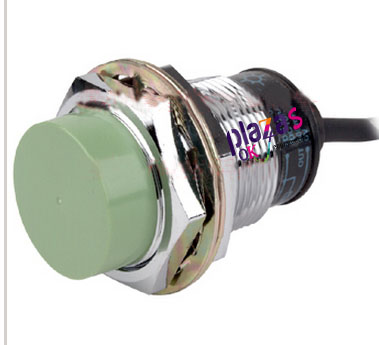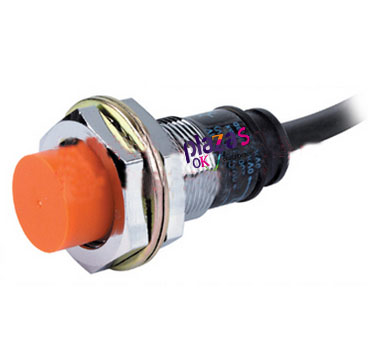What are the precautions for using synthetic membrane potentiometers
What are the precautions for using synthetic membrane potentiometers
What are the precautions for using synthetic membrane potentiometers
Synthetic membrane potentiometer is a commonly used adjustable potentiometer. Let’s first understand what a synthetic membrane potentiometer is. A synthetic membrane potentiometer is a layer of synthetic carbon film coated on an insulating substrate, which is heated and polymerized to form carbon. Diaphragm, and then combined with other parts of the resistor body, low cost, low noise, and good stability are its characteristics.


Precautions for using synthetic membrane potentiometers 1. For potentiometers with grounding pads, the pads must be grounded to prevent external interference.
Precautions for using synthetic membrane potentiometer 2. The voltage drop generated when the current flows through the high-resistance potentiometer must not exceed the maximum working voltage allowed by the potentiometer.
Precautions for using synthetic membrane potentiometer 3. In order to prevent the potentiometer's contact and conductive layer from deteriorating or burning, the working current of the small resistance potentiometer must not exceed the maximum current allowed by the contact.
Precautions for using synthetic membrane potentiometer 4. In order to prevent the current when the resistance of the potentiometer is adjusted close to zero from exceeding the maximum allowable value, it is best to connect a current-limiting resistor in series to avoid damage to the potentiometer due to overcurrent.
Precautions for using synthetic membrane potentiometer 5. Various fine-tuning potentiometers can be directly installed on the printed circuit board, but attention should be paid to the arrangement of adjacent components to ensure that the potentiometer is convenient to adjust without affecting adjacent components.
Precautions for using synthetic membrane potentiometer 6. The potentiometer must be firm and reliable during installation, and the nut that should be tightened should be tightened with sufficient torque to prevent loosening and displacement during long-term use and collision with other components. circuit failure.
Precautions for using synthetic membrane potentiometer 7. Since some parts of the potentiometer are made of synthetic resin such as polycarbonate, do not use ammonia, amines, alkali solutions, aromatic hydrocarbons, ketones, halogenated hydrocarbons, etc. Use in environments with high concentrations of chemicals such as compounds to extend the potentiometer's service life.
Precautions for using synthetic membrane potentiometer 8. Do not overload the potentiometer, and use it within the rated value. When the potentiometer is used as a rheostat to adjust the current, the allowable power consumption should be reduced in proportion to the stroke of the movable contact contact brush to ensure that the current flowing does not exceed the rated value of the potentiometer to prevent the potentiometer from being locally overloaded. Invalidate.
Precautions for using synthetic membrane potentiometer 9. Check the quality of the potentiometer before use. The shaft handle of the potentiometer should be able to rotate flexibly, with proper elasticity, and no mechanical noise. Check the nominal resistance value with a multimeter, and it should meet the requirements. If you use a multimeter to measure the resistance between the fixed end and the sliding end of the potentiometer, when you slowly rotate the potentiometer shaft, the needle should rotate smoothly without jumping.
The above summary of the precautions for the use of the nine-point synthetic membrane potentiometer is hoped to help you make better use of the adjustable potentiometer.





